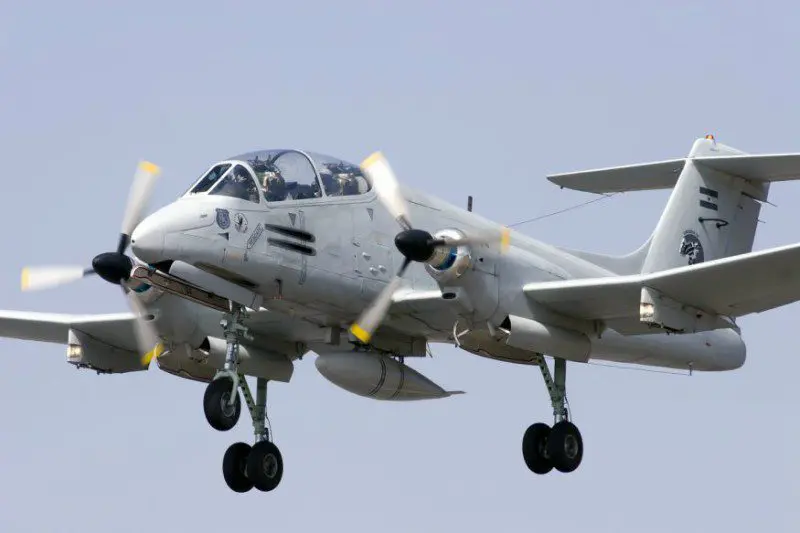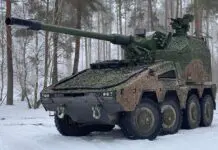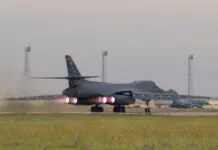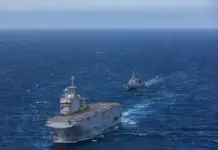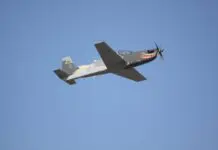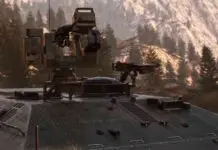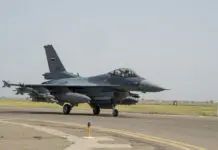Last Friday, the farewell of the IA-58 Pucará weapons system took place at the III Air Brigade in Reconquista Santa Fe. A nearby attack aircraft, designed and manufactured in Argentina, with experience in combat, and 50 years of service. The ceremony was attended by civil and military authorities, who praised the plane and its trajectory within the force.
But the farewell of the IA-58 Pucará does not mean the end, but the transition to a new weapon system that involves the adaptation of the Argentine Air Force, to the new scenario of the 21st century, where efforts are focused on the defense of airspace , but in a national, regional and international context, which does not support a conflict hypothesis.
And that is why, the need arises to have a new system aimed at developing search, surveillance and intelligence capabilities, removing their attack capacity, which responded to the combat logic of the last century, but which is not consistent with the actual needs.
The challenges presented today require an effort aimed at surveillance and intelligence to locate objectives and thus have the necessary information to carry out strategic decisions that achieve results.
As a result, the IA-58 Pucará will transition to the IA-58 Phoenix, moving from an attack aircraft to a new system designed to carry out ISR (Intelligence-Surveillance-Reconnaissance) missions, that is, intelligence, surveillance missions and recognition.
This new capacity allows the dual use of the system and makes the operations of deployed aircraft effective. The new IA-58 Phoenix has an expected projection of between 15 and 20 years.
However, there are those who lament the loss of the Pucará, as we know it, remembering the effectiveness and precision with which said aircraft managed to provide support of nearby air fire during the Falklands War and how its robustness allowed pilots to be protected from the rain of gunfire from the british army, and consequently, resent the loss of the attack capacity that used to possess the Pucará.
But such a conflict scenario was characteristic of the last century, where it was considered effective to saturate the target area with as many bombs and rockets as possible. This system was subsequently recognized as inefficient and highly destructive. And consequently, the next combat scenarios were thought, under the slogan “one target, one missile.”
The Pucará attack system operated under this same logic, which, according to the FAA, was outdated and that is why the modernization of Pucará arises as a need for adaptability to the current reality.
Likewise, the Air Force affirms that Argentina does not have a hypothesis of conflict with other States, with which the attack function is invalidated, supporting even more, the IA-58 Pucará evolution initiative.
However, the challenges do exist and are alarming. The so-called new threats, such as drug trafficking, organized crime, terrorism, etc., are challenges that require more precise and more efficient intelligence work. And this is where the FAA’s new Phoenix project is validated, as one that has a clear and useful purpose.
The paradigm shift requires the adaptation of a force that suffers from the ailments of an austere budget, and hence the need to think creatively and re-adapt an ancient warrior in an aircraft that provides information in an era where in many cases, information management is much more fundamental than the more sophisticated weaponry.


